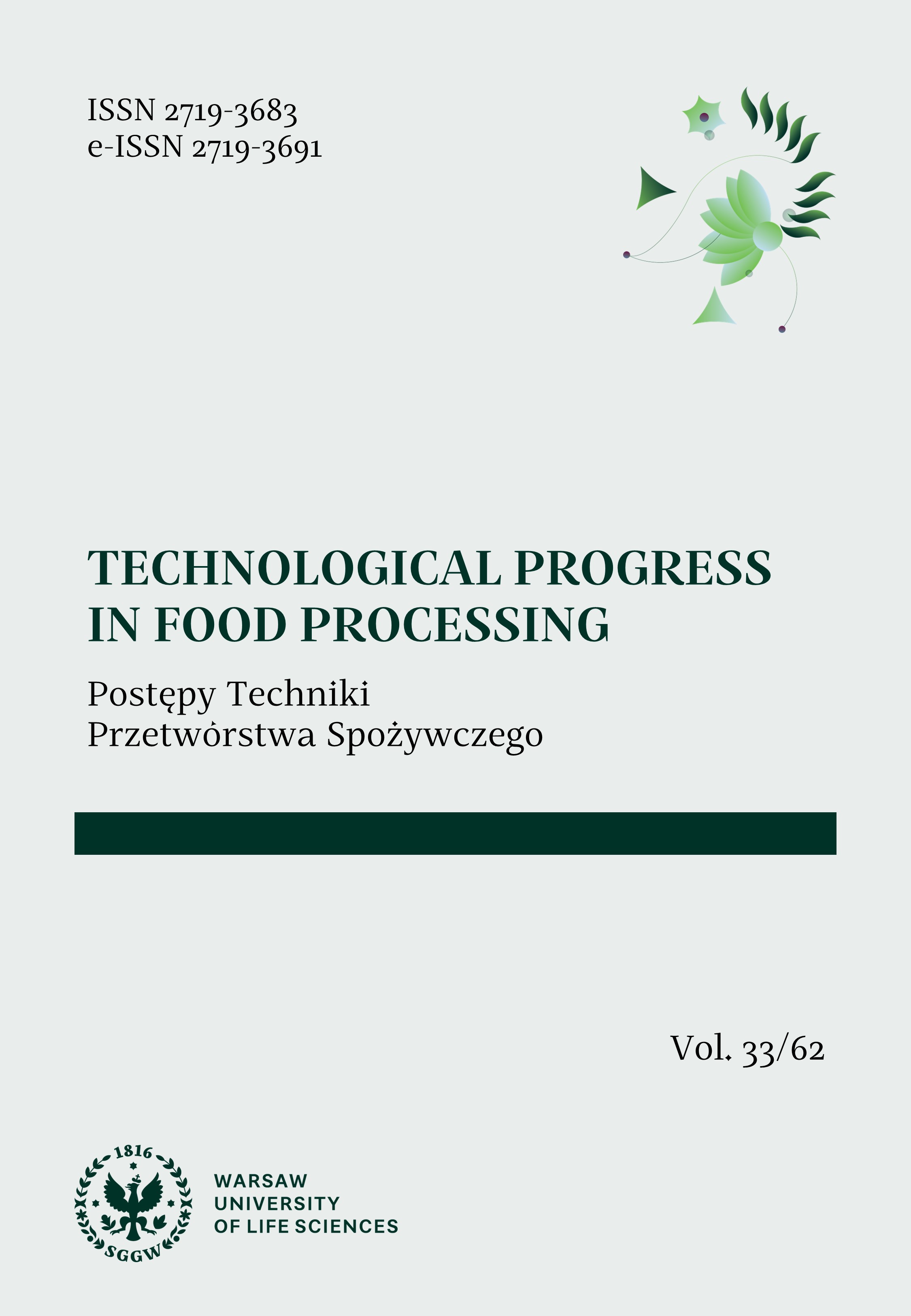Main Article Content
Fresh shrimp are highly perishable, so in addition to chemical and physical methods, natural
preservation methods are also applied to prolong their shelf life. A trial was carried out to assess the efficacy
of hand peeling and the addition of garlic (Allium sativum) and chilli pepper (Capsicum annum) as natural
conserving agents in the control of microbiological contamination in Litopenaeus vannamei shrimp during
cold storage. The highest level of Staphylococcus aureus was found after 5 days of storage in unpeeled shrimps
without additives (3.32 log cfu·g–1 = colony forming units per gram). There was a statistically significant effect
(p < 0.05) of all the factors tested, that is, the day of testing, the preparation method and the additive used on
the average number of S. aureus in shrimp. The average number of Vibrio parahaemolyticus in the garliconly
and garlic and chilli samples was very similar, at 2.30 and 2.38 log cfu·g–1, respectively. The highest
average number of psychrotrophs was recorded in samples with garlic and chilli: 4.41–5.65 log cfu·g–1,
5 days after purchase. The addition of plant additives used in this work inhibits the fungi in peeled shrimp.
The composition of the ingredients used does not provide complete protection against spoilage, but to a greater
extent, it improves the shelf life of the hand-peeled shrimp.





